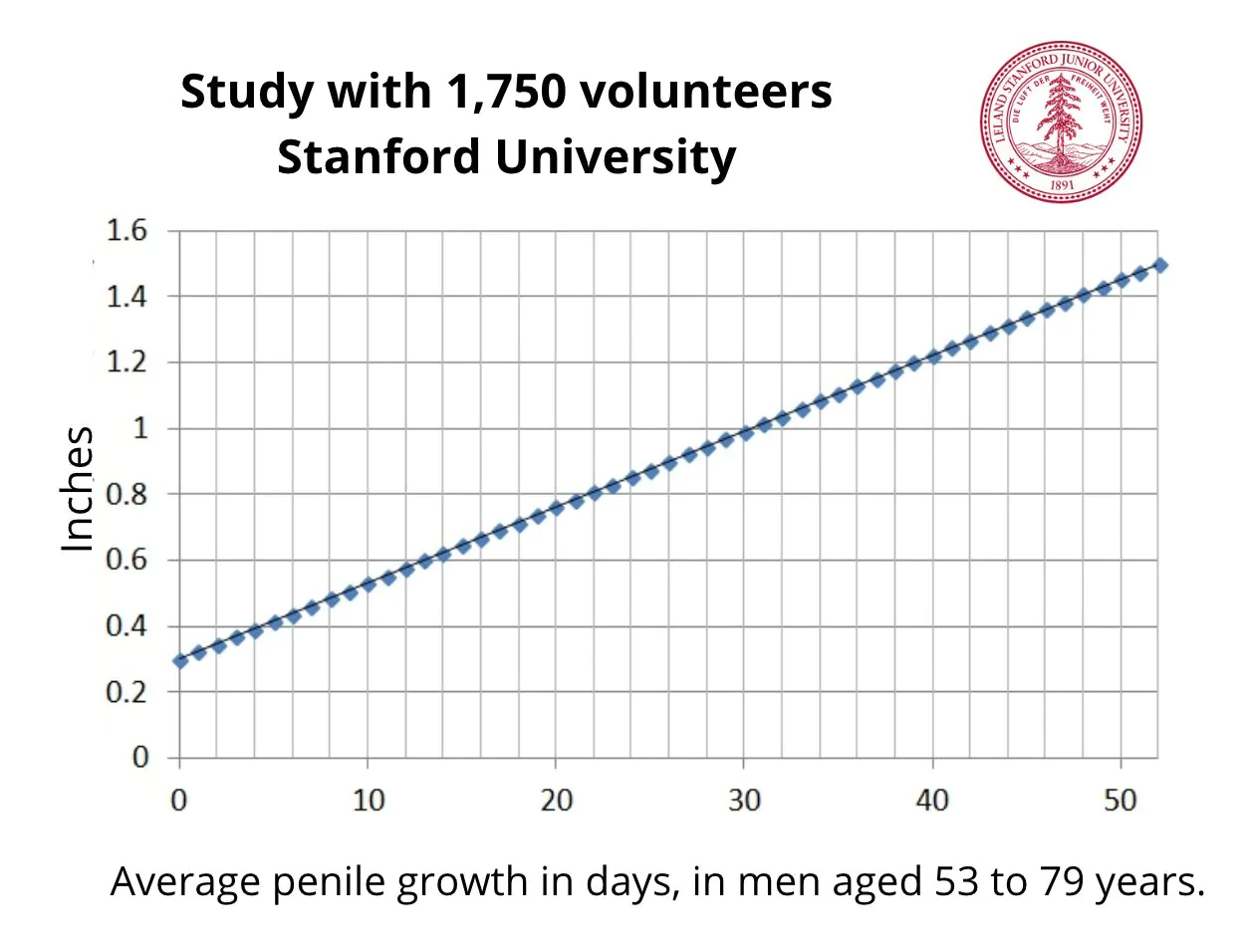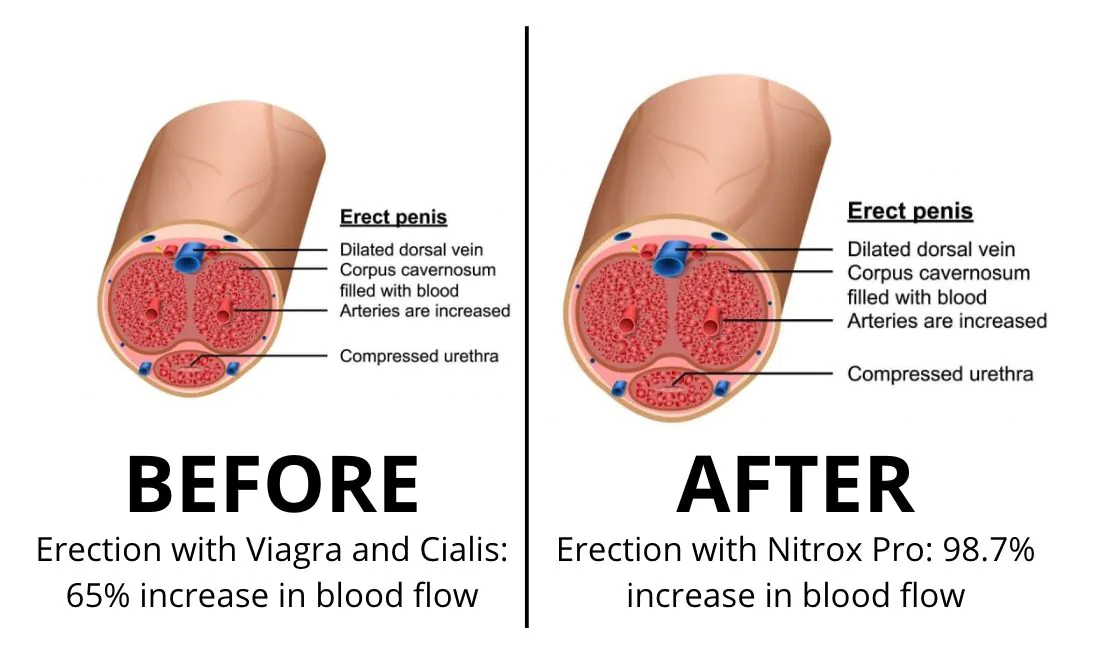Incorporating primal movement patterns into your fitness routine can enhance strength, flexibility, and coordination. Start by assessing your fitness level, choosing basic movements, and focusing on proper form while avoiding common mistakes like neglecting warm-ups or overtraining for the best results.
Are you looking to enhance your fitness routine? How to incorporate primal movement patterns into your fitness is the key! By focusing on fundamental movements that our ancestors used to thrive, you can achieve a well-rounded and effective workout. This article will take you through essential primal movements, their numerous benefits, and how to seamlessly integrate them into your training regimen.
Understanding Primal Movement Patterns

Primal movement patterns are fundamental movements that mimic the actions our ancestors used for survival and daily activities. These movements include crawling, squatting, lifting, and throwing. By understanding these patterns, you can improve your fitness and overall performance.
What Are Primal Movement Patterns?
Primal movement patterns are the basic motions that engage multiple muscle groups. They enhance our mobility and strength, making them essential for any fitness regimen. For example, squatting mimics how we naturally sit and stand, while crawling helps build coordination and stability.
Why Are They Important?
Incorporating primal movement patterns into your routine can lead to better functional fitness. These movements improve your ability to perform daily tasks, reduce the risk of injury, and increase overall strength. They also promote better posture and body awareness.
How to Identify Primal Movements
To identify primal movements, consider what actions feel natural. Think about how you move in daily life: bending, reaching, lifting, and twisting. Incorporating these movements into your workouts can lead to significant fitness gains.
Benefits of Primal Movements
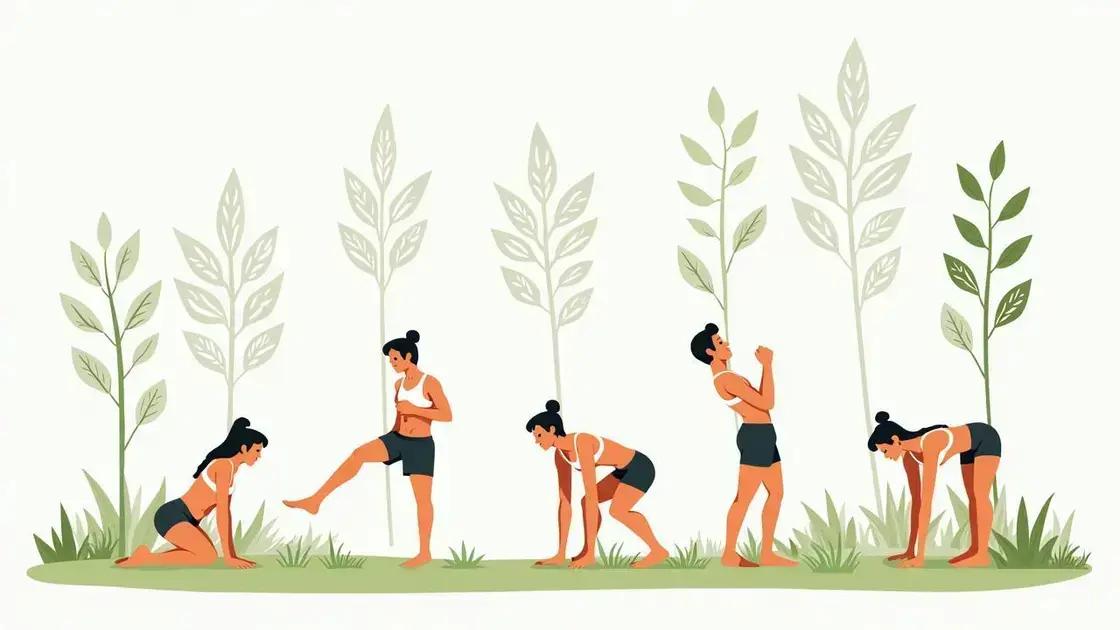
There are many benefits of primal movements that can enhance your overall fitness. These movements are not only effective but also functional, making them suitable for all fitness levels.
Improved Strength
One major benefit is enhanced strength. Primal movements engage multiple muscle groups at once. For example, squatting works the legs, core, and lower back. This multi-muscle engagement leads to better strength gains compared to isolated exercises.
Increased Flexibility
Another advantage is improved flexibility. Movements like crawling and lunging require a full range of motion, which helps increase flexibility over time. This can decrease the risk of injuries and improve performance in other activities.
Enhanced Coordination
Primal movements also promote better coordination. These movements involve balance and agility, which helps improve your body control. Enhanced coordination is beneficial not only in fitness but in everyday tasks as well.
Better Posture and Body Awareness
Additionally, primal movements enhance body awareness and posture. By focusing on fundamental forms of movement, you learn how to move efficiently and safely. Better posture leads to fewer aches and pains, helping you feel better overall.
How to Start Incorporating Primal Movements
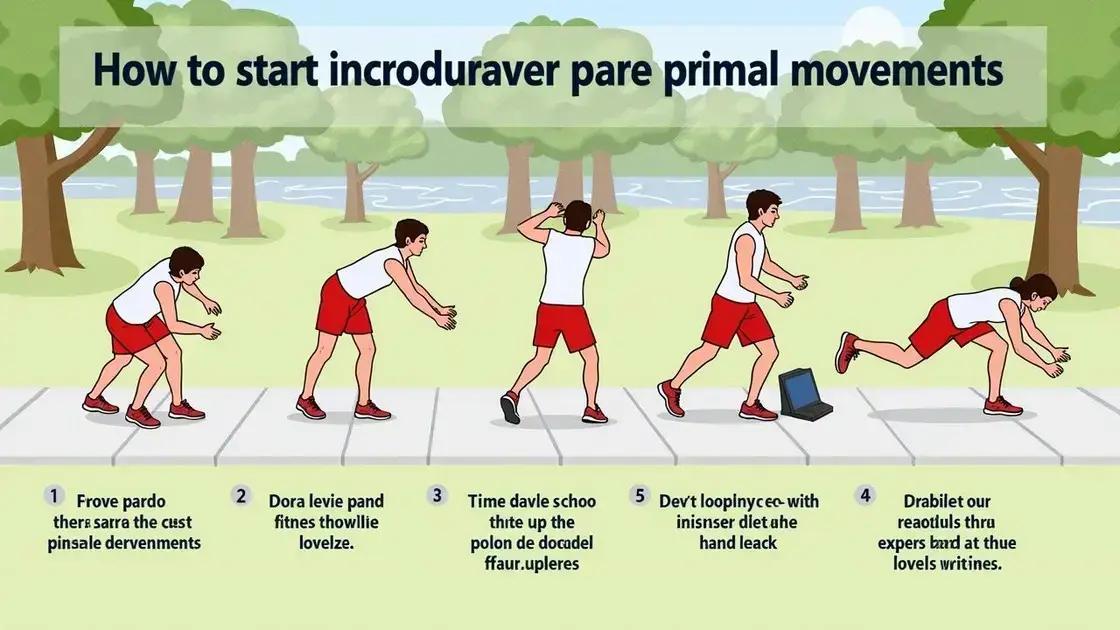
To start incorporating primal movements into your fitness routine, follow these simple steps.
Assess Your Current Fitness Level
Before you begin, it’s important to know where you stand. Consider your current strength, flexibility, and mobility. You can check your ability to perform basic movements like squats, lunges, and push-ups.
Choose Basic Primal Movements
Begin with fundamental movements that you feel comfortable with. Start with squatting, lunging, crawling, and pushing. These actions are easy to learn and can be modified to fit your skill level.
Incorporate Movements into Your Routine
Once you’ve chosen the movements, include them in your workouts. For example, you can start your workout with a few minutes of squatting or lunging. Gradually add more sets and repetitions as you become stronger.
Focus on Form and Technique
As you practice these movements, pay close attention to your form. Good technique is essential to prevent injuries and gain maximum benefit. Consider working with a trainer or using online videos for guidance.
Progress Gradually
After you feel comfortable with the basic movements, you can start to progress. Try combining movements into circuits or increasing the weight you use. Always listen to your body and take your time to avoid overtraining.
Common Mistakes to Avoid
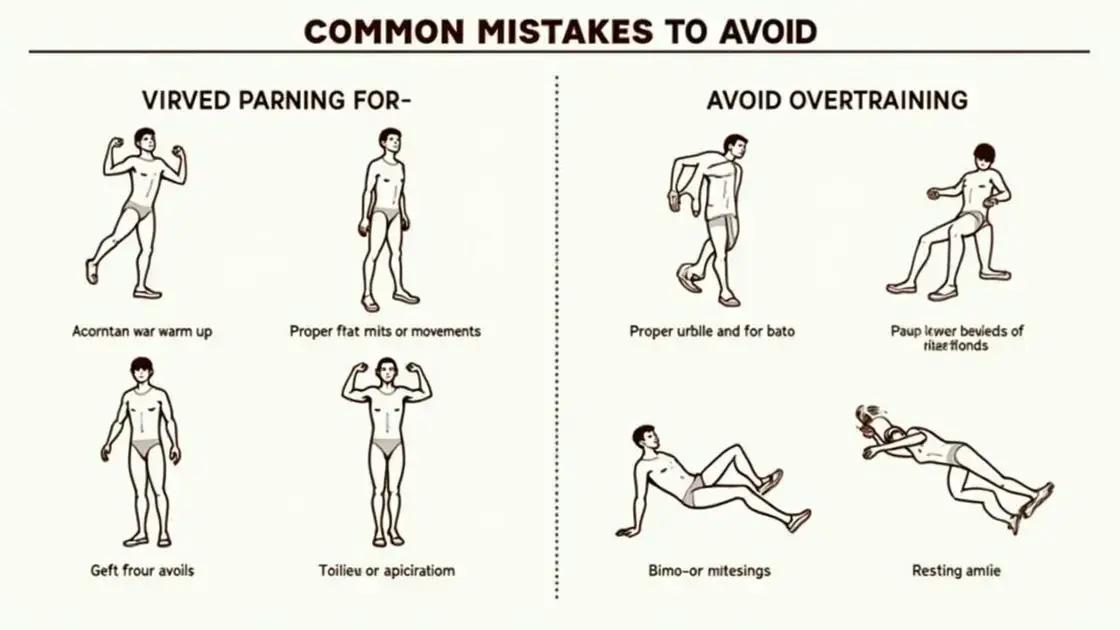
When incorporating primal movements into your fitness routine, avoiding common mistakes is crucial for success and safety.
Neglecting Warm-Up
One of the biggest mistakes is skipping your warm-up. Always take time to warm up your muscles before starting. This prepares your body for movement and reduces the risk of injury.
Ignoring Proper Form
Another common mistake is neglecting proper form. Focus on executing each movement correctly. Poor form can lead to injuries and limit your progress. Always prioritize quality over quantity.
Overtraining
Some people tend to overtrain when they feel motivated. Doing too much too quickly can lead to burnout or injury. Gradually increase intensity and listen to your body’s needs.
Not Mixing It Up
Another mistake is sticking to the same movements without variety. To see improvements, include a range of primal movements and change your routine regularly. This helps to keep workouts interesting and effective.
Failing to Rest
Finally, inadequate rest can hinder your progress. Allow your body to recover between workouts. Rest days are essential for muscle repair and growth, so don’t overlook their importance.
Embracing Primal Movements for Better Fitness
Incorporating primal movement patterns into your fitness routine can significantly enhance your overall health, strength, and mobility. By understanding these fundamental movements, you can unlock a world of benefits that not only improve your workouts but also make daily activities easier.
Start by assessing your fitness level, choosing appropriate movements, and focusing on form and technique. Avoid common mistakes such as neglecting warm-ups or overtraining. With patience and consistency, you will notice improvements in your functional fitness.
Ultimately, embracing primal movements can lead to a more effective and enjoyable fitness journey, helping you achieve your health and wellness goals.
FAQ – Frequently Asked Questions About Incorporating Primal Movements
What are primal movement patterns?
Primal movement patterns are fundamental movements like squatting, lunging, crawling, and pushing that mimic activities our ancestors used for survival.
What are the benefits of incorporating primal movements into my fitness routine?
Incorporating primal movements can improve strength, flexibility, coordination, and posture while enhancing overall functional fitness.
How can I start using primal movements in my workouts?
Begin by assessing your current fitness level, choose basic primal movements, and gradually incorporate them into your routine, focusing on form.
What common mistakes should I avoid with primal movements?
Common mistakes include skipping warm-ups, neglecting proper form, overtraining, not mixing up movements, and failing to allow for rest.
Can anyone do primal movements regardless of fitness level?
Yes, primal movements can be adapted for all fitness levels. Start with basic variations and progress as you become more comfortable.
How often should I do primal movement exercises?
Aim to include primal movement exercises in your workouts at least 2-3 times a week for optimal benefits.



